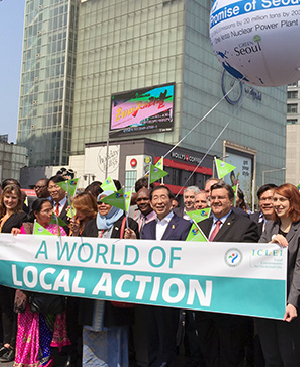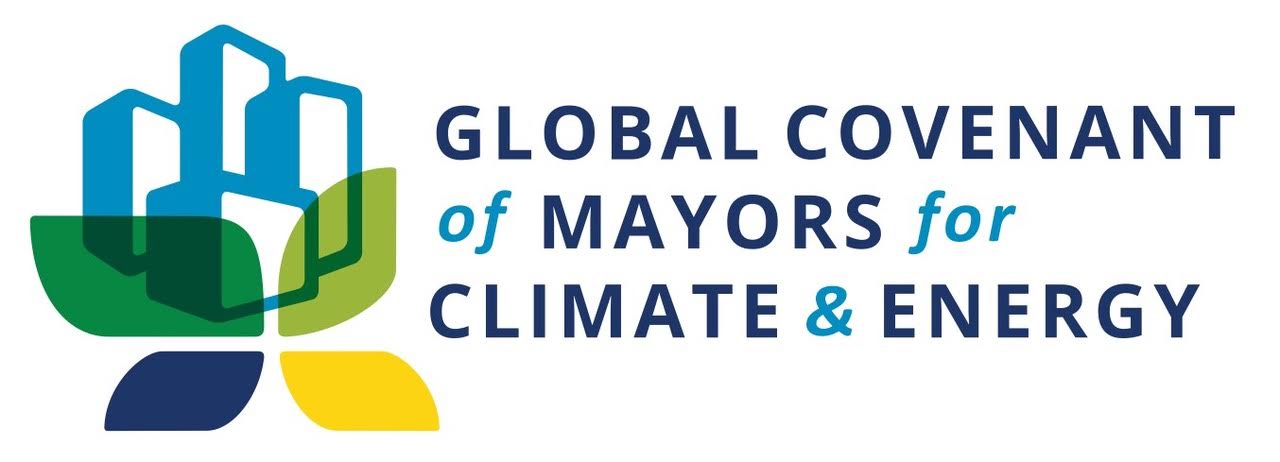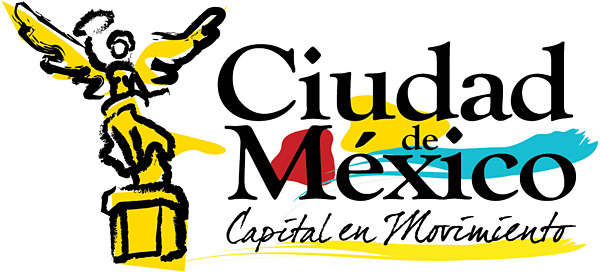- Home
- Reporting entities
- Lima Province
Lima Province
Peru-
Population 9752000

-
Area 2672.0km 2
-
GDP 0.03PEN
-
Targets by N/A N/Aemission
Targets by Lima Province
There are no targets yet
- Start year: 2012
- Type: Technical/Infrastructure investment
- Status: In operation
The program goal is to gradually reduce excess vehicle units
by promoting the replacement of low- with high-capacity
units as well as help reduce pollutant emissions levels from
older vehicles. To date, 750 public transportation vehicles
more than twenty years old have been scrapped. The proposed
goal is four thousand vehicles by March 2013.
Participating organizations: The certifying and scrapping entities,
Corporación Financiera de Desarrollo S.A- COFIDE, Operadores
del “Metropolitano”, Lima vías Express, Lima Bus
Internacional, Perú masivo and Transvial.
- Transport

- Start year: 2012
- Type: Technical/Infrastructure investment
- Status: In operation
Transportation reform seeks safe, rapid and orderly transportation
that helps reduces emissions levels. The reform
encompasses the following: a fleet freeze (regulation 1538)
to rein in additional mini-bus additions to the public-transport
fleet; a template bus that is high-capacity and pollutes
less; transportation corridors that form part of an integrated
transport system; regulation of major thoroughfares; adjustments
to consortia; taxi registry; and urban transport regulation.
Participating Organizations: district-area municipalities,
Lima and Callao consortia and businesses, Lima and Callao
transportation unions, the Autoridad Autónoma del
Tren Eléctrico (AATE), the Instituto Metropolitano Protransporte
de Lima – PROTRANSPORTE, and the Peruvian
Federal Police.
- Transport

- Start year: 2011
- Type: Fiscal / Financial mechanism
- Status: In operation
This project seeks to expand the number of users that choose
bicycles as an alternative means of transportation. Project
components are as follows:
1. Infrastructure: 150 km bike path construction, 95 km
bike path maintenance (more than 83% of the total),
docking stations.
2. Promotion: Bicicole (high school educational campaigns),
U.Bici (shared bicycle system at universities), Ciclodía
(Sunday thoroughfare closures), Aquí tu bici.
3. Communication: social network use.
The program won the 2012 “Public Management Best Practices”
award in the Public Impacts category.
Participating Organizations: Organización Panamericana de Salud
OPS, area local governments, the Ministries of Education
and the Environment, the Autoridad Autónoma del Tren Eléctrico
(AATE), Cooperación Alemana (GIZ), embassies, Fundación
Transitemos, the Lima Parks Service SERPAR, Touring,
universities, educational institutions and private businesses.
- Transport

- Start year: 2012
- Type: Policy/Strategies/Action Plans
- Status: In operation
This program is an urban improvement and
social development project-identifier in Lima’s
working class neighborhoods that emerges
from a focus on integrated and participatory
land development. Its main goals are to improve
resident quality-of-life and to build a culture of
citizenship, helping to benefit approximately
three million residents in the capital’s neediest
neighborhoods, in coordination with local governments
and the general population.
Participating Organizations: Local governments,
neighborhood and social organizations, NGOs,
volunteer networks, etc.

- Start year: 2011
- Type: Policy/Strategies/Action Plans
- Status: In operation
This program takes up the practice of urban agriculture in
abandoned urban and suburban spaces to generate wholesome
foodstuffs for at-home consumption and commercialization.
It emerges as a strategy that helps promote and
develop alternatives that aid in improving family nutrition
and more diverse citywide dietary paradigms. 2014 goals:
sixteen associated districts, 2014 urban orchards.
Participating Organizations: district local governments, the
Ministry of Education, local school districts, NGOs, foundations,
academic institutions, research centers, urban farming
organization, producers and grassroots organizations.

- Start year: 2011
- Type: Policy/Strategies/Action Plans
- Status: In operation
Timeframe: Parque para Todos (January 2011-December
2014), Adopta un Árbol
(June 2012-December 2014), Lomas de Lima (September
2012-December 2014)
Investment: US$ 147,010,844
This program seeks to expand the city’s greensapces via
1. “Parques para Todos.” Goal: six new regional parks plus
14-park upgrade
2. “Adopta un Árbol.” Forestation with citizen participation;
goal: 300,000 trees
3. “Lomas de Lima” seeks to conserve and fully utilize hills
through the creation of a regional hills conservation
system, the establishment of two hillside parks, promotion
of three eco-tourism routes in the Villa María del
Triunfo, San Juan de Lurigancho and Pachacamac hills,
and promotion of the “Lima Verde” annual contest.
Participating Organizations: area local governments, grassroots
social organizations (neighborhood, community, cultural
and sporting organizations, soup kitchens, mothers’
clubs, youth clubs and environmental organizations; academic
institutions and research centers, educational institutions,
youth groups, universities, private enterprise, tourist
operators and associations, volunteer networks, NGOs and
the public at large.




